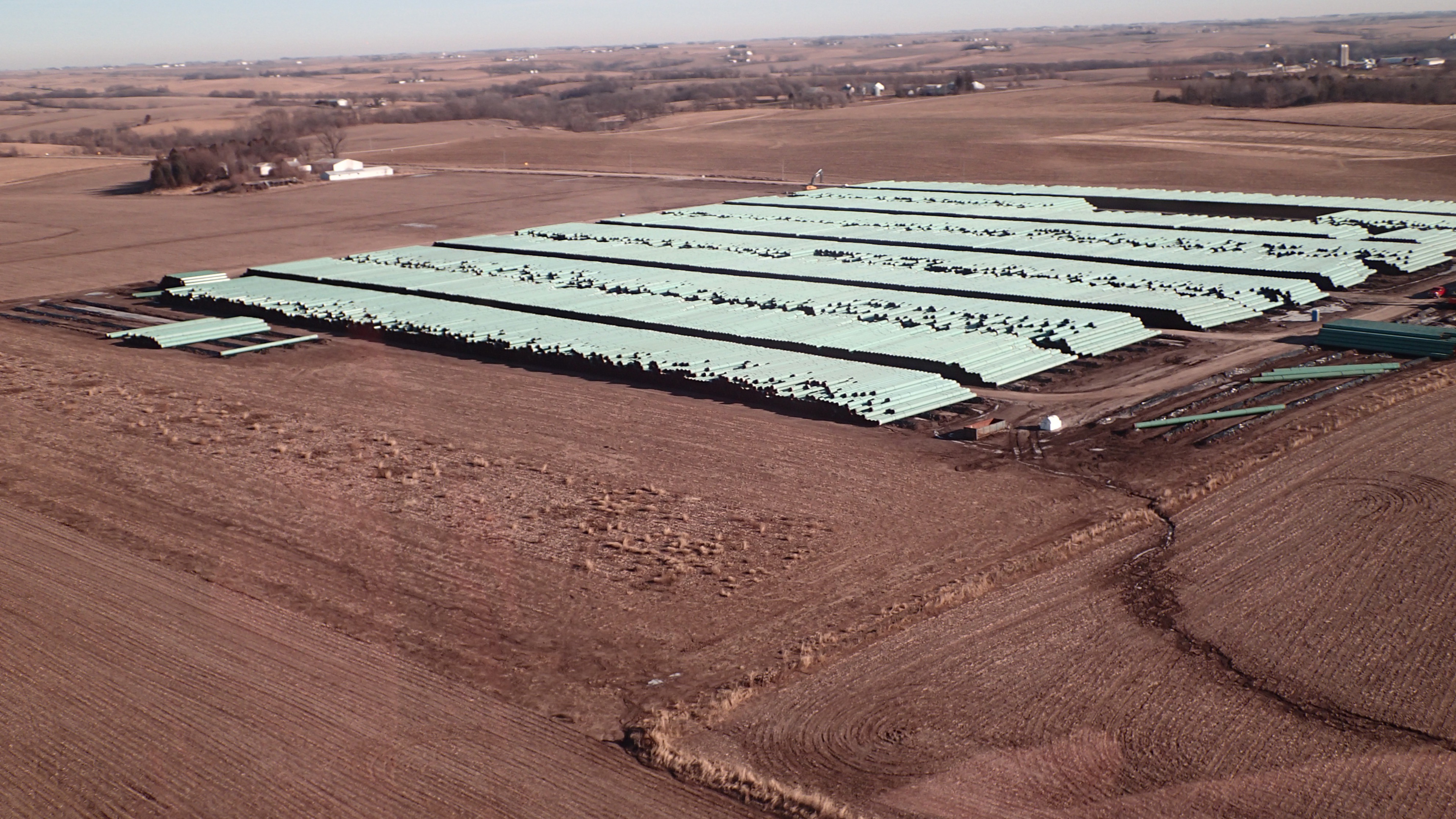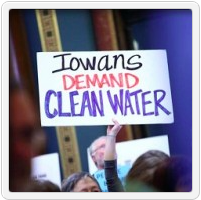The Iowa Department of Natural Resources has told attorneys for Dakota Access the company is “no longer authorized to engage in any activities” related to a permit previously issued for a pipeline across the Big Sioux River Wildlife Management Area in northwest Iowa, Gavin Aronsen reported at Iowa Informer. The U.S. Fish and Wildlife Service informed Iowa DNR Director Chuck Gipp on May 25 that a “significant archeological site” identified within that Wildlife Management Area “may fall along the proposed path of the Dakota Access Pipeline,” more commonly known as the Bakken pipeline. Consequently, the federal agency revoked approval of that permit and asked the DNR to “stop all tree clearing or any ground-disturbing activities within the pipeline corridor pending further investigation.”
Citing the letter from the Fish and Wildlife Service as well as e-mail communication from Iowa’s State Archeologist John Doershuk, yesterday the DNR sent Dakota Access a stop work order for the eastern half of the Wildlife Management Area in Lyon County, overlapping the proposed pipeline route. Aronsen posted both letters in full. Iowa Informer is a must-follow for Bakken pipeline news.
The Bakken Pipeline Resistance Coalition is holding a day of action in Oskaloosa (Mahaska County) on Saturday, May 28. In the morning, kayaks and canoes will float along the South Skunk River near where the pipeline would cross it. Along that section of river, paddlers will pass “7-generation landowner Sylvia Rodgers Spalding’s property adjacent to the proposed pipeline route.” Authors Carolyn Raffensperger, Fred Kirschenmann, Angie Carter, and Rachel Morgan will read from the recently-published book Fracture: Essays, Poems, and Stories on Fracking in America at 3 pm at the Book Vault in Oskaloosa (105 South Market Street).



